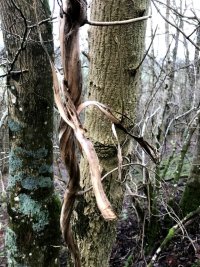Morning All,
I am looking for suggestions for natural tinder that doesn't need to be processed before use. I generally use Old Man's Beard (Clematis) seed heads which, if dry, can be plucked of the vine and used as tinder straight away. I am looking for anything similar that can be picked up on the go and used as a fire starter. Thanks guys. Andy.
I am looking for suggestions for natural tinder that doesn't need to be processed before use. I generally use Old Man's Beard (Clematis) seed heads which, if dry, can be plucked of the vine and used as tinder straight away. I am looking for anything similar that can be picked up on the go and used as a fire starter. Thanks guys. Andy.


